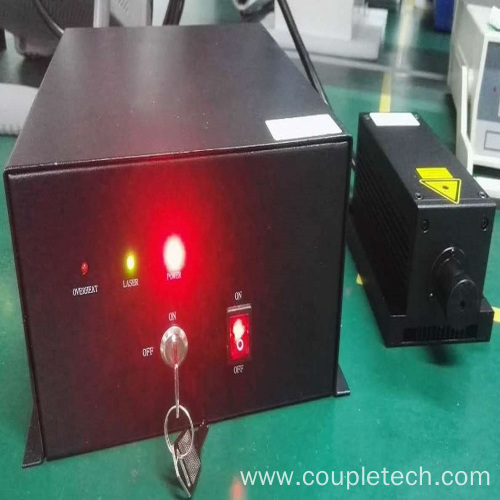
- English
- 简体中文
- Español
- Português
- русский
- Français
- 日本語
- Deutsch
- tiếng Việt
- Italiano
- Nederlands
- ภาษาไทย
- Polski
- 한국어
- Svenska
- magyar
- Malay
- বাংলা ভাষার
- Dansk
- Suomi
- हिन्दी
- Pilipino
- Türkçe
- Gaeilge
- العربية
- Indonesia
- Norsk
- تمل
- český
- ελληνικά
- український
- Javanese
- فارسی
- தமிழ்
- తెలుగు
- नेपाली
- Burmese
- български
- ລາວ
- Latine
- Қазақша
- Euskal
- Azərbaycan
- Slovenský jazyk
- Македонски
- Lietuvos
- Eesti Keel
- Română
- Slovenski
- मराठी
- Srpski језик
How Solid State Lasers Work and Function
2022-04-18
How Solid State Lasers Work and Function
An expert in the field of solid-state lasers - Coupletech Co., Ltd. will introduce you the working principle and functions of solid-state lasers today.
Our MP passively Q-switched Laser and a series of products have been recognized by the market with strict production process and excellent quality!
Solid-state lasers refer to lasers that use solid-state materials as working substances, but even the same solids have different states of semiconductors. Therefore, unlike semiconductor lasers, the use of insulating solid-state materials is usually only called solid-state lasers.
Most solid-state lasers, the iron group, the lanthanide series, the actinide series, and the ions of the transition elements such as transition elements contain a small amount of active centers in crystals and glasses are materials. Typical examples are ruby lasers, YAG lasers containing Nd ions (Nd:YAG lasers) and glass lasers.
Optical excitation is commonly used as the solid state laser excitation method, and xenon flash lamps are often used for pulsed operation, and mercury or halogen-containing tungsten lamps are often used for continuous operation. In recent years, semiconductor lasers have been used as excitation light sources having higher light conversion efficiency than lamps.
In flashlamp-pumped YAG lasers, the pulse repetition frequency of xxx is the limit of heat dissipation, however, due to the high wavelength purity of semiconductor lasers and many pump wavelength components that contribute to pumping, it is possible to further Increase repetition rate.
solid state laser
Oscillation wavelengths are between visible light and infrared light of a few μm, many of which oscillate for the first time at low temperatures, but commonly used ruby and neodymium lasers operate at room temperature.
Solid State Laser Capabilities
Solid-state lasers are characterized in that the concentration of active centers is much higher than that of gas lasers, so that high amplification gain can be obtained with a relatively small amount, and the oscillation output is large. In particular, Q-switching is very efficient due to the long lifetime of the emission level of 10-5 to 10-3 seconds, this approach narrows the time width (~10-8 seconds), and the peak output is very large (10 to get 6 to Pulse oscillation of 10 8 W is the most important feature of solid-state lasers. With further amplification, a pulse with a large peak output of 10 9 to 10 12 W is obtained, which is usually used in situations where a large peak output is required, such as in in a laser fusion experiment.



